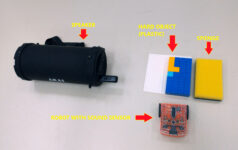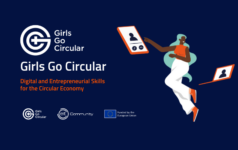Articles
Showing 9 results from a total of 9
Try a project blends chemistry, art, and peer learning, as secondary school students teach younger students how to create nature-inspired cyanotype prints.
How do scientists develop new materials for the computers of the future? Discover the rare magneto-electric properties of layered perovskites.
Sounds good: try some simple activities that use robots to explore the basic properties of sound waves – reflection, absorption, and propagation.
Stranger things: discover quantum computers, which are based on a new approach to computing powered by the strange behaviour of subatomic particles.
Low cost, high impact: try these creative and engaging experiments that use inexpensive everyday materials to bring curriculum science to life.
Ready to bring circular economy concepts to your classroom and teach your students hands-on STEM and digital skills? Explore Girls Go Circular!
Chasing rainbows: the interaction of an electric current and magnetic field in a solution with pH indicator gives amazing colour patterns as electrolysis occurs.
Circle of life: Explore sustainability, the circular economy, and chemical analysis by evaluating coffee waste as a potential soil enhancer.
Adventures in cyanoprinting: where art and chemistry meet
Neutrons for the quantum technologies of the future: investigating layered perovskites
Explore the properties of sound waves by using robotics
Quantum computing: is quantum mechanics the next computing superpower?
Science on a shoestring: inspiring experiments with everyday items
Girls Go Circular: your key to engaging STEM Education
Colourful electrolysis vortex in a magnetic field
Chemistry in a coffee cup: does coffee waste contain key elements for plant growth?














